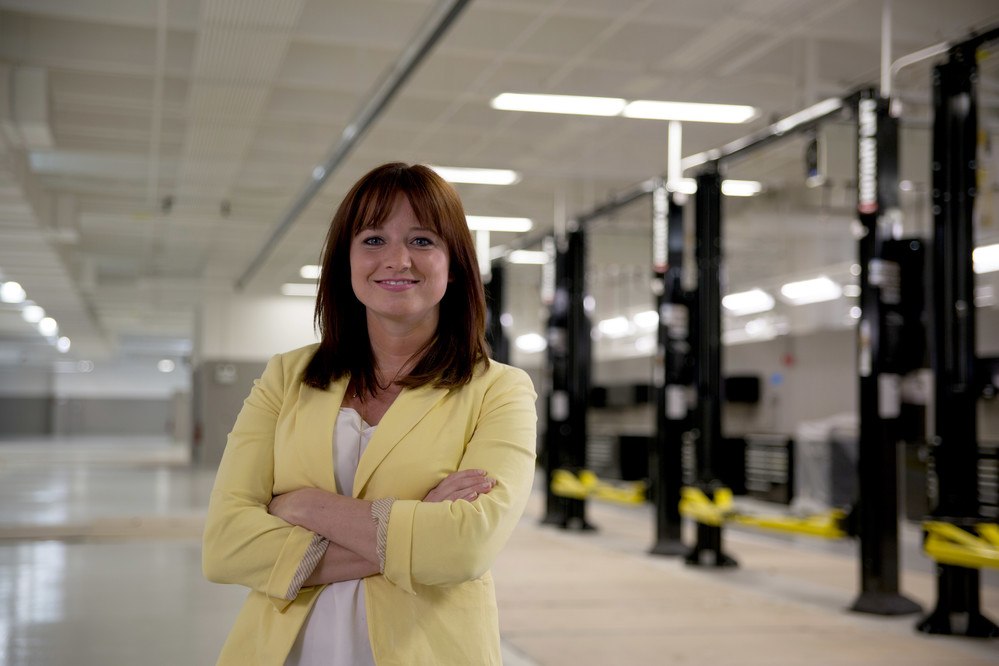Money Matters
How to avoid the six most common VAT mistakes

VAT can cause problems from time to time. And if you’re trying to run a business, you certainly don’t want to spend your time trying to get to grips with every single detail.
Fortunately, you don’t have to. You can make handling VAT easier – and avoid most VAT mistakes – if you make sure you’ve got the right systems in place.
6 common VAT problems
Here are some key issues to be aware of:
1. Accuracy of dates
You’ll need to know the ‘date of supply’ for each invoice – which isn’t always the date of sale. The Cash Accounting Scheme could make things easier.
2. VAT applied to personal supplies
There are special rules for personal or employee supplies, including things like company cars, fuel, and also business entertainment.
3. VAT when trading internationally
There are different VAT rules that need to be applied depending on whether you are trading with businesses inside the EU or elsewhere. Find out more about international VAT.
4. Out-of-date records
You can avoid high accountancy fees by keeping accurate and organised records making it quicker and easier to submit your VAT returns.
5. Reclaiming VAT
If the goods or services you supply are exempt from VAT, you cannot usually reclaim the VAT you pay on purchases related to them.
6. Incomplete VAT invoices
You must issue proper VAT invoices to your customers and keep VAT invoices for all your purchases. Accounting software enables you to produce VAT invoices straight from your software in a few seconds.
Simple steps to avoid VAT problems
Here are a few things you can do to make submitting VAT as simple as possible:
 Choose a VAT scheme
Choose a VAT scheme
Check whether HMRC’s accounting schemes will make your life easier and suit your business.
 Set up a VAT account
Set up a VAT account
Keep on top of VAT by setting aside a regular time each week – or each day – to update your accounting records.
 Assign a person to manage VAT
Assign a person to manage VAT
Whether you plan to manage VAT yourself or delegate the work, make it clear who is responsible to avoid confusion and ensure consistency in your record keeping.
 Choose the right software
Choose the right software
Make it easier to manage by choosing accounting software that automates VAT invoicing and filing online VAT returns straight to HMRC.







Ask the author a question or share your advice